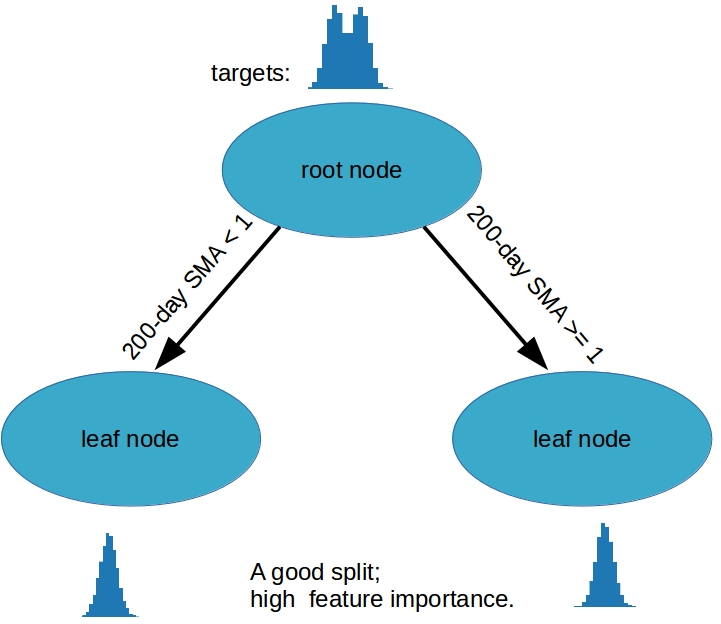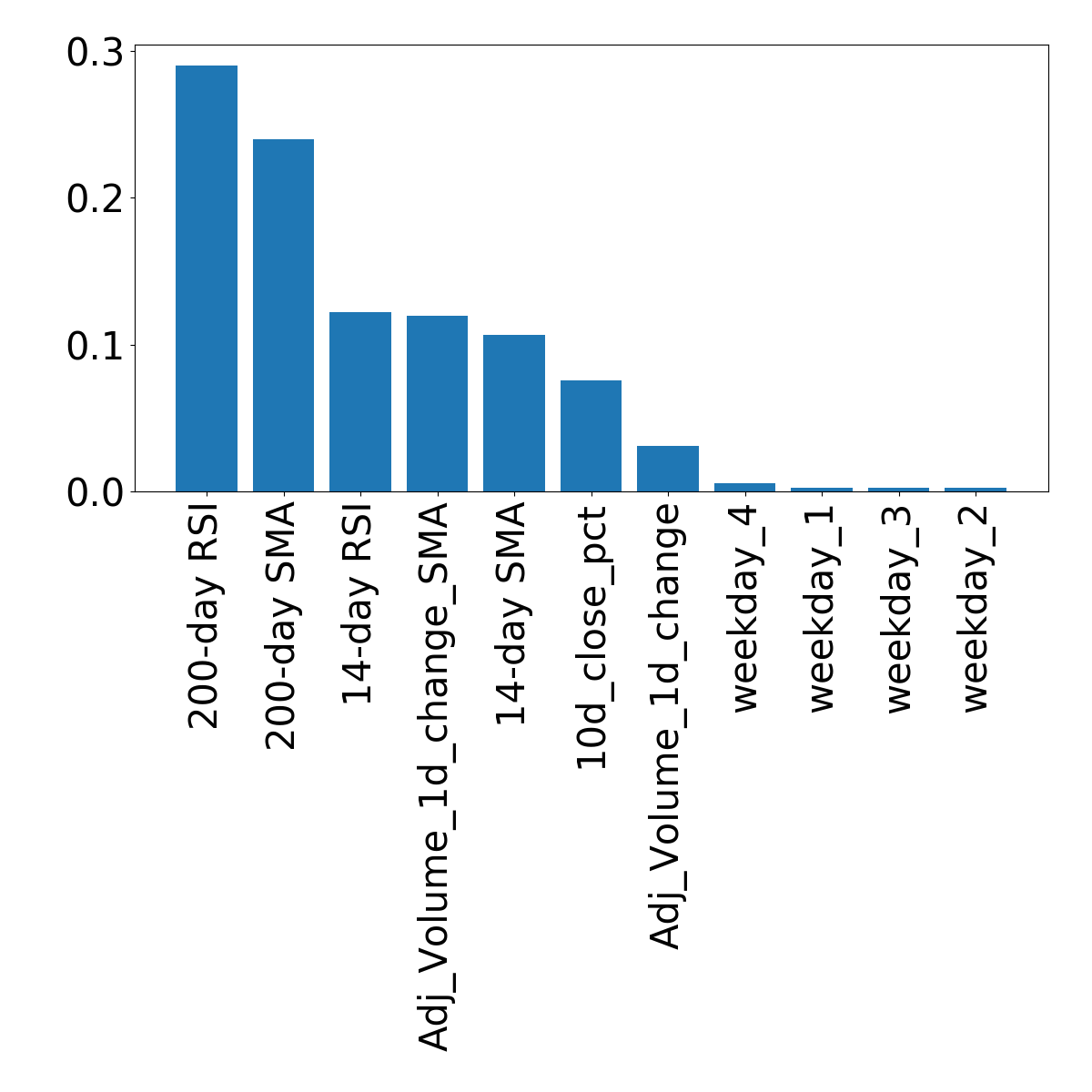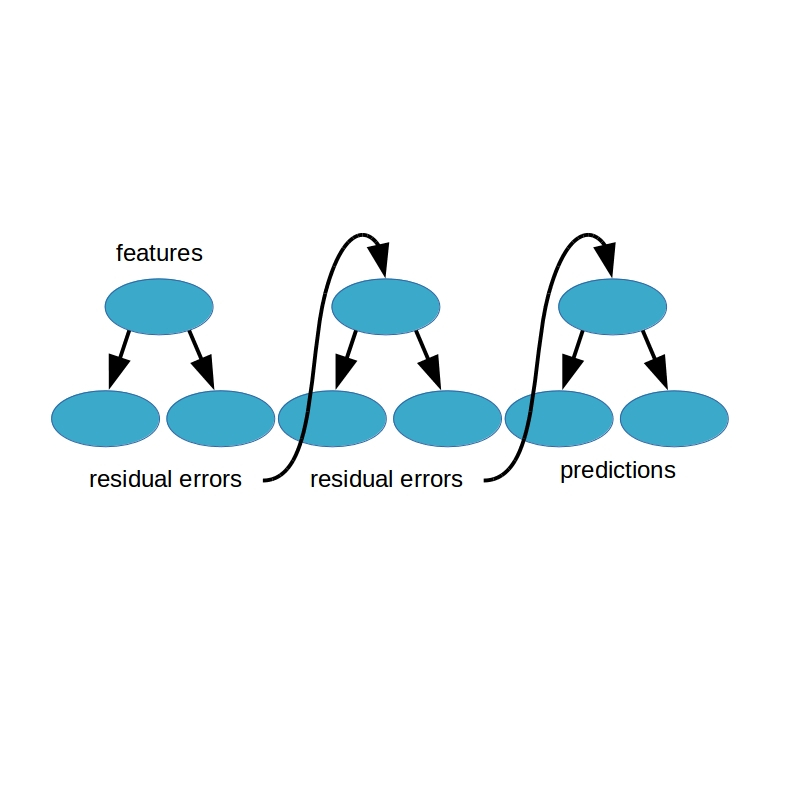Feature importances and gradient boosting
Machine Learning for Finance in Python

Nathan George
Data Science Professor


Extracting feature importances
from sklearn.ensemble import RandomForestRegressor
random_forest = RandomForestRegressor()
random_forest.fit(train_features, train_targets)
feature_importances = random_forest.feature_importances_
print(feature_importances)
[0.07586547 0.10697602 0.12215955 0.23969227 0.29010304 0.0314028
0.11977058 0.00276721 0.00246329 0.0026431 0.00615667]
Sorting and plotting
# feature importances from random forest model importances = random_forest.feature_importances_ # index of greatest to least feature importances sorted_index = np.argsort(importances)[::-1]x = range(len(importances)) # create tick labels labels = np.array(feature_names)[sorted_index] plt.bar(x, importances[sorted_index], tick_label=labels) # rotate tick labels to vertical plt.xticks(rotation=90) plt.show()

Linear models vs gradient boosting

Boosted models
Available boosted models:
- Gradient boosting
- Adaboost
Fitting a gradient boosting model
from sklearn.ensemble import GradientBoostingRegressor
gbr = GradientBoostingRegressor(max_features=4,
learning_rate=0.01,
n_estimators=200,
subsample=0.6,
random_state=42)
gbr.fit(train_features, train_targets)
Get boosted!
Machine Learning for Finance in Python


